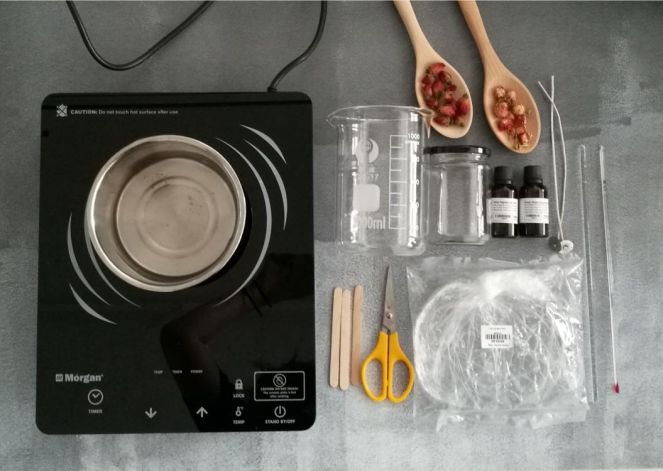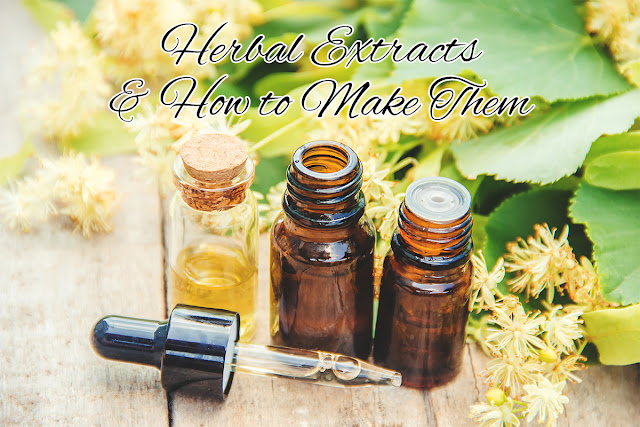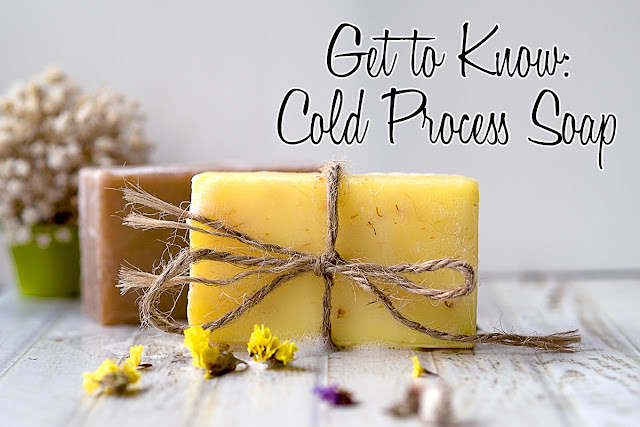If there’s one thing that makes packing a chore, especially when you’re packing for a trip overseas, it’s packing liquids. From shampoo to conditioner, moisturizers to sunblock and lotions, perfume or cologne, and so on, so forth, we use a variety of products in liquid form on a daily basis. Skipping one or the other may help, but we’re also creatures of habit and deviating from what we’re already used to is something some of us can’t be bothered with.
With that said, shampoo bars are amazing products. They don’t take up as much space as liquid shampoo and you don’t have to worry about them possibly leaking or bursting out from their packaging due to pressure as well. Waste is also minimal when you’re using shampoo bars!
Before we start go ahead with the tutorial, let’s talk a little about Stephenson Personal Care’s Crystal Solid Shampoo Melt and Pour Soap Base, which you can buy from our store here.

According to Stephenson Personal Care, their Crystal Solid Shampoo is a…
Vegetable based melt and pour soap base, free from the surfactant Sodium Lauryl Sulfate. Made with Soothing Aloe Vera and containing Conditioning Additives this soap base is used for the manufacture of opaque Solid Shampoo bars.
This soap base provides excellent lather and also has brilliant moisturizing properties due to the high glycerin content. It’s neutral odor (though, not one some will like) also provides excellent fragrance lift.
For full details of their ingredients list and such, do check out their website over here!
Now, time to move on to the tutorial! Here’s what you need before you get to the DIY-ing:

- Stephenson Personal Care’s Crystal Solid Shampoo Soap Base
- 100% Argan Oil
Some known benefitsmakes hair softer, silkier and shinier. Can also help to treat split ends and tame frizzy hair.
- Peppermint Essential Oil
Some known benefitshas antibacterial, antiviral, anti-inflammatory, insecticidal, antispasmodic and carminative properties. Also helps to increase circulation which can improve hair growth and prevent some hair loss.
- Rosemary Essential Oil
Some known benefitsstimulates hair growth, slows down premature hair loss and graying of the hair.
- Silicone Mold
We used this super cute rabbit one that makes perfect travel-sized bars!
- Soap Cutter
We used this straight one with a wooden handle.
- Beaker
- Double Boiler
- Stirrer
- Oven Mitts or a Thick Cloth (to pick up the hot beaker)
- Measuring Spoon
Instructions
- Cut up 250g (although the mold we use can only hold up to 240g of product in total, we cut up an extra 10g in case of spillages and such) of Crystal Solid Shampoo soap base. The smaller the better as this will help speed up the melting process.
- Put the cut-up soap base into a beaker (or beakers) and then, place it in a double boiler. We recommend covering it so that the soap base doesn’t dry out faster.

Note: We strongly advise to use a double boiler/bain maire instead of the microwave. Although microwaving reduces the time taken for the soap base to melt, it increases the air bubbles in the base which can be difficult to completely removed and thus, compromises the stability of the soap. - Once the soap base has completely melted, turn off the heat but don’t remove the melted soap base yet.
- Measure out 1ml of 100% Argan Oil, 10 drops of Rosemary Essential Oil and 10 Drops of Peppermint Essential Oil. Pour them into the melted soap base and stir well.
 Note: Our essential oils are 100% pure, so if you have sensitive skin, we recommend reducing the total amount of essential oil added.Also, make sure not to put too much oils, whether carrier oil or essential/fragrance oil or else you’ll end up with an oily bar of soap!
Note: Our essential oils are 100% pure, so if you have sensitive skin, we recommend reducing the total amount of essential oil added.Also, make sure not to put too much oils, whether carrier oil or essential/fragrance oil or else you’ll end up with an oily bar of soap! - Remove the melted soap base from the double boiler and pour it into the silicone mold. If you’re using our rabbit mold, make sure to pour all the way to the top so that the bunny will look complete!
- Set aside to harden.
- Once it has hardened, the solid shampoo bars are ready to be wrapped up (to prevent soap sweat; we normally use cling wrap) or used immediately.

Note:
According to some articles, the harshness of a shampoo to your hair depends on it’s pH level. So the higher the pH level, the harsher it is. The best pH level for shampoo is between 5 and 7. For this soap we made, we tested it with litmus paper and we found it to be of pH7 (of course, this isn’t entirely accurate because the water used can affect this reading). Just to be safe, you can lower the pH level of the soap by adding in a little citric acid (not too much, though. Or else, the pH might be too low!)

Pssst, we're also available at Craftiviti.com!







 5. Pour a little gel wax into the container, place some dried flowers on it, and pour another layer of gel wax. Do this until you’ve reached near the top of your container.
5. Pour a little gel wax into the container, place some dried flowers on it, and pour another layer of gel wax. Do this until you’ve reached near the top of your container.






 Heat quickens saponification. So, if the lye is extremely hot, it can cause the saponification process to speed up dramatically. This is problematic if the soap design involves a lot of layers, swirls and such. If the lye solution is too cold, it can solidify the oils and butters upon contact. It should be noted, however, that soaping temperature is based entirely on personal preference and will vary according to recipe. Thermometers are used based on the recipe/method/situation in cold process soap.
Heat quickens saponification. So, if the lye is extremely hot, it can cause the saponification process to speed up dramatically. This is problematic if the soap design involves a lot of layers, swirls and such. If the lye solution is too cold, it can solidify the oils and butters upon contact. It should be noted, however, that soaping temperature is based entirely on personal preference and will vary according to recipe. Thermometers are used based on the recipe/method/situation in cold process soap.

